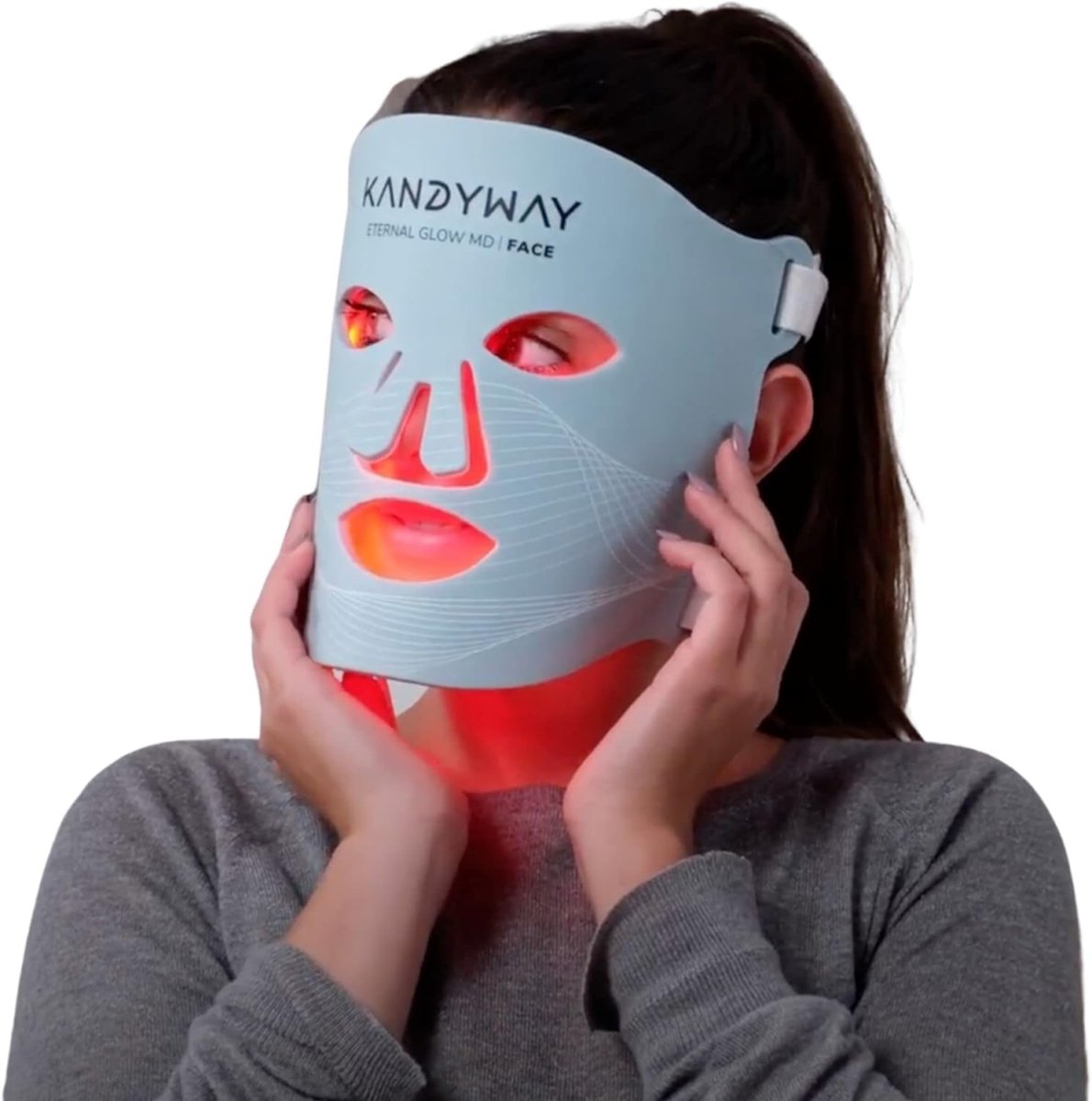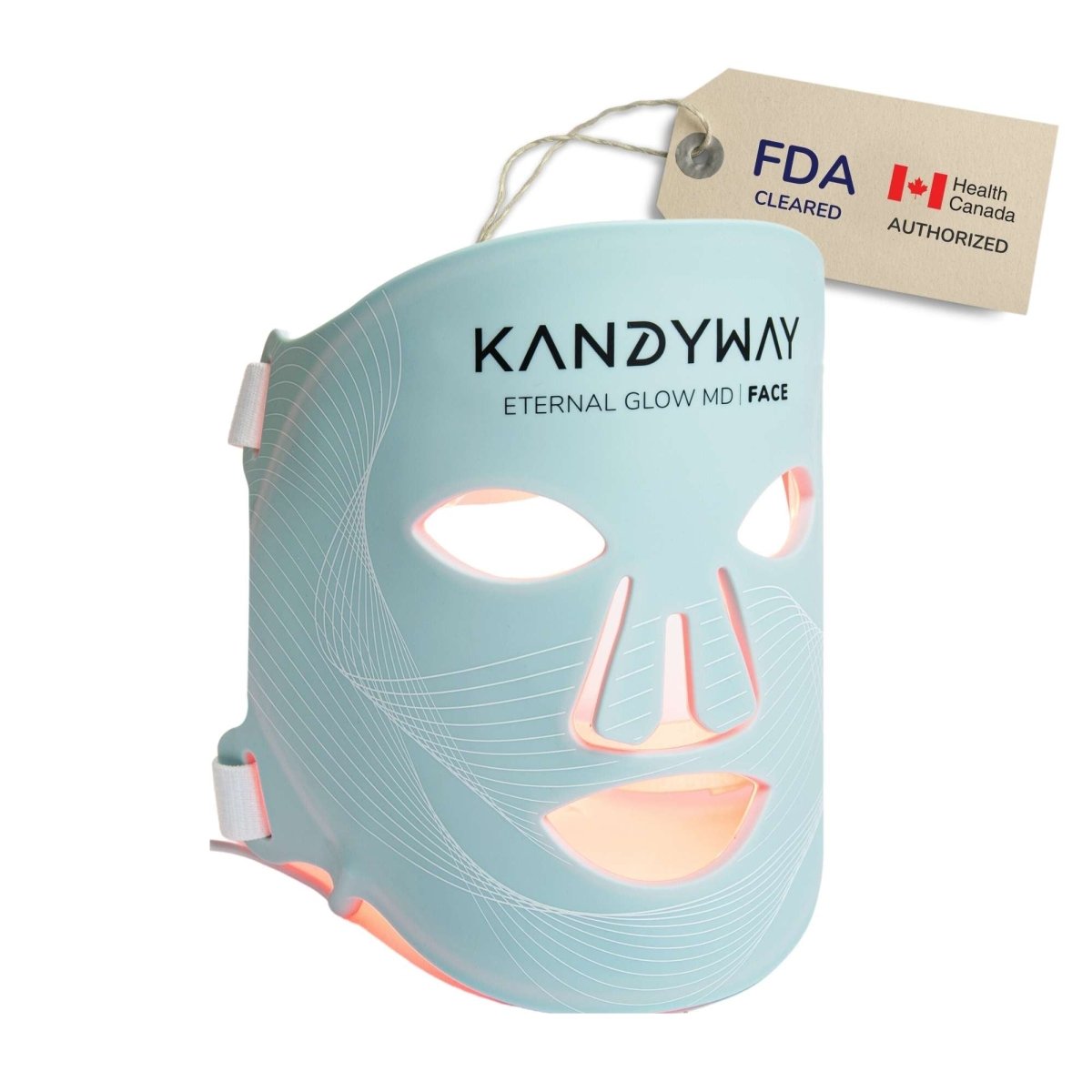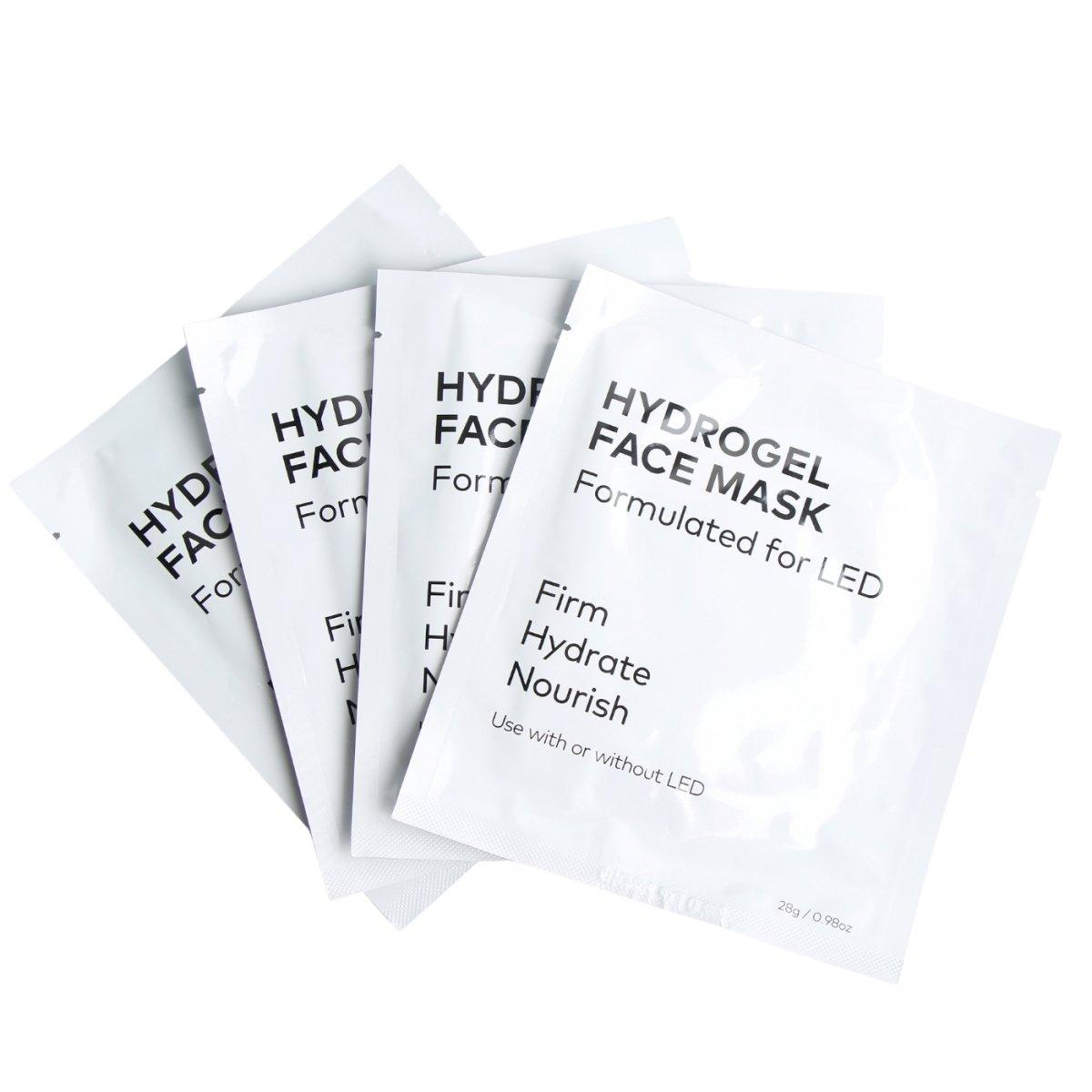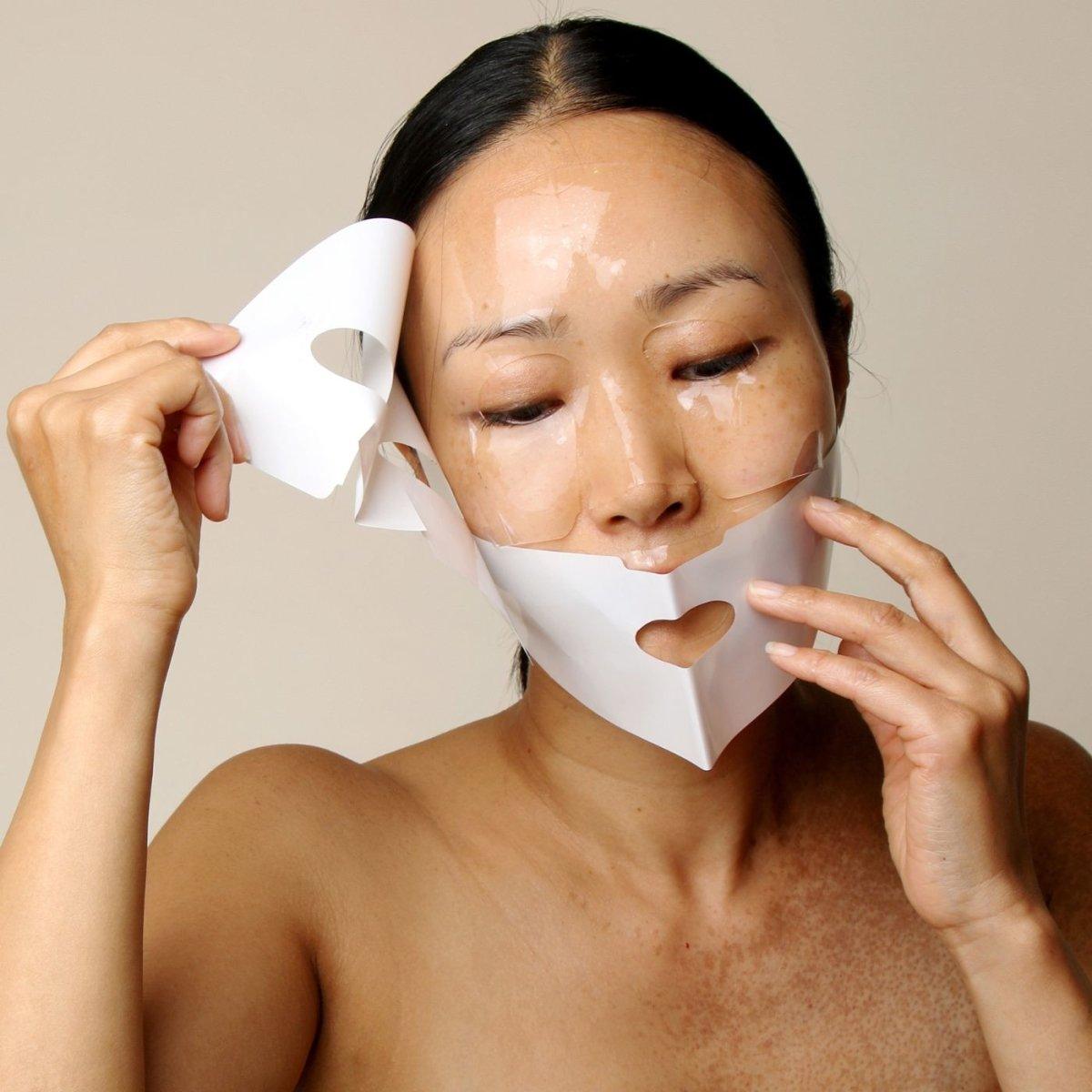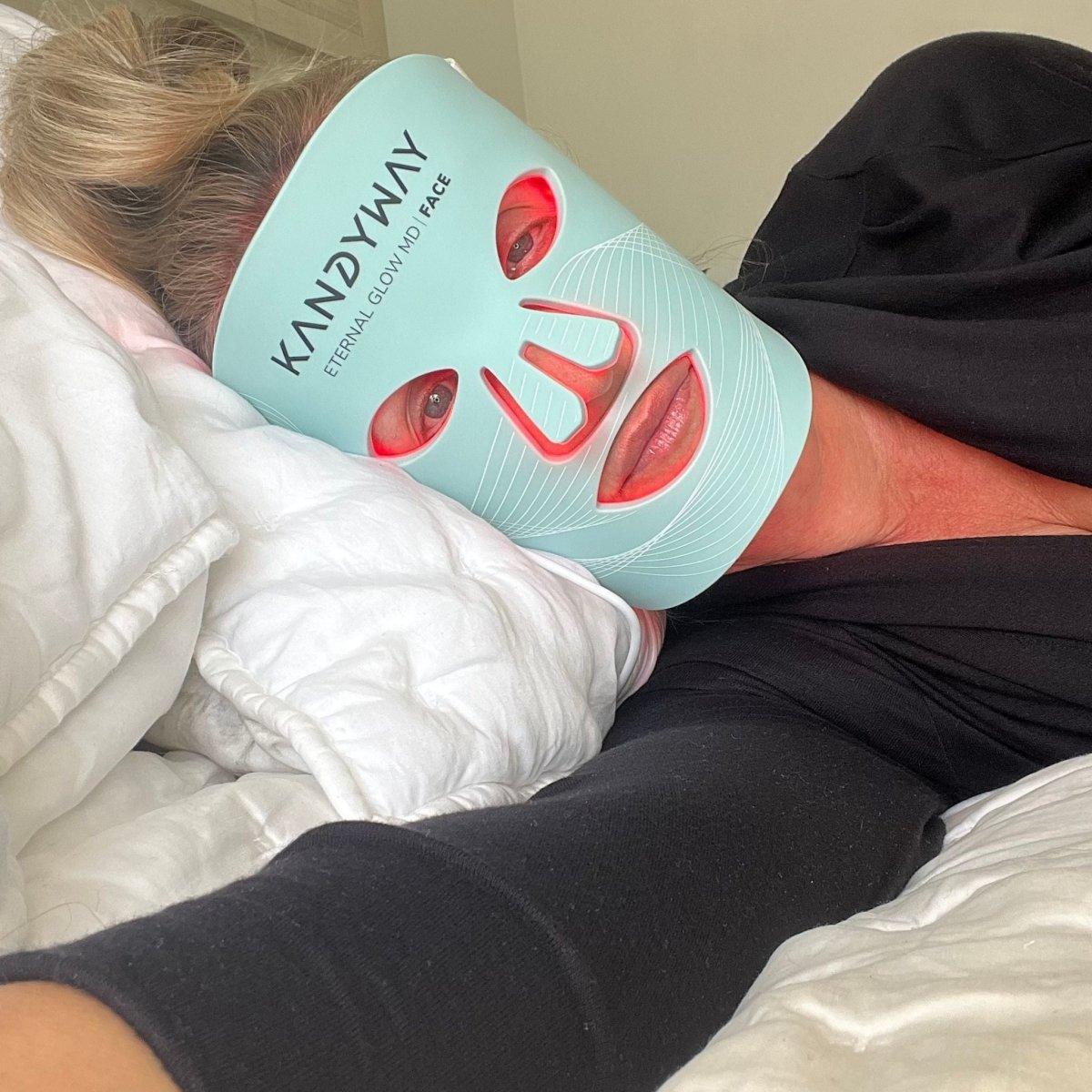A comprehensive guide to light therapy and different types of lights.
When you think of light therapy, you might envision a treatment room with red and blue lights hanging from the ceiling. While that is one form, there are many ways to use light therapy to treat various skin concerns. Different light wavelengths have unique benefits, and understanding them can help you choose the right one for your needs.
1. Red Light Therapy

Red light (633nm) penetrates deeply into the skin, promoting collagen and elastin production. This helps reduce wrinkles, improve skin elasticity, and accelerate healing. Clinically proven to enhance skin tone and texture, red light therapy is commonly used for anti-aging and skin rejuvenation. It also supports wound healing and reduces inflammation.
2. Near-Infrared (NIR) Light Therapy
Near-Infrared (830nm) light penetrates even deeper than red light, reaching muscles and joints to improve healing and reduce inflammation. It enhances deep tissue repair, promotes circulation, and is widely used in medical-grade LED masks for its anti-aging benefits. Unlike some light therapies, NIR light is scientifically backed for its ability to boost elastin and collagen, improving skin firmness and hydration.
3. Blue Light Therapy

Blue light (415nm) is known for its antibacterial properties, making it effective against acne-causing bacteria. However, it is not recommended for anti-aging treatments as it may lead to oxidative stress and premature aging. Blue light is primarily used to treat acne but is avoided in medical-grade LED masks for anti-aging due to concerns over skin damage.
4. Green Light Therapy

Green light (520nm) is sometimes used for pigmentation issues and skin tone correction, but there is limited scientific evidence supporting its anti-aging effects. Some studies suggest that green light may help with hyperpigmentation by regulating melanin production, although more research is needed to confirm its long-term benefits.
5. Yellow Light Therapy
Yellow light (590nm) is believed to aid in wound healing and reduce redness. It is sometimes used to soothe sensitive skin and reduce inflammation caused by rosacea or sun damage. However, the effectiveness of yellow light therapy in medical-grade devices is still under study.
6. Orange Light Therapy

Orange light (600nm) is occasionally used for skin rejuvenation, but like green and yellow light, it lacks extensive clinical validation. Some claim it helps brighten dull skin and improve circulation, but further research is needed to determine its true benefits.
7. Violet Light Therapy
Violet light (400-450nm) is sometimes used for bacterial reduction, particularly in acne treatment. It may also have antibacterial effects similar to blue light but is not commonly used in professional LED masks due to limited clinical backing.
8. White Light Therapy
White light is a full-spectrum light therapy commonly used to treat Seasonal Affective Disorder (SAD) rather than skin concerns. It is often used in light boxes to help regulate mood and energy levels.
9. Narrow-Band Ultraviolet B (UVB) Light Therapy
UVB light therapy (311-313nm) is primarily used for treating skin conditions like psoriasis and vitiligo. It should only be used under medical supervision due to its potential side effects. Unlike other forms of light therapy, UVB light is not typically used for anti-aging or cosmetic purposes.
Conclusion
Light therapy has a wide range of applications, from anti-aging and acne treatment to mood enhancement and deep tissue repair. Red and Near-Infrared (NIR) light have the strongest clinical backing for skin rejuvenation, while Blue light remains effective for acne treatment. Understanding the differences can help you choose the most effective treatment for your needs.
FAQs
Is red light therapy safe for daily use?
Yes, most people can safely use red light therapy daily for 10-20 minutes per session.
Can blue light therapy cause skin damage?
While blue light therapy is effective for acne, overuse may cause oxidative stress and skin aging, so it should be used with caution.
How long does it take to see results from light therapy?
Most users report visible improvements within 4-6 weeks of consistent use.





